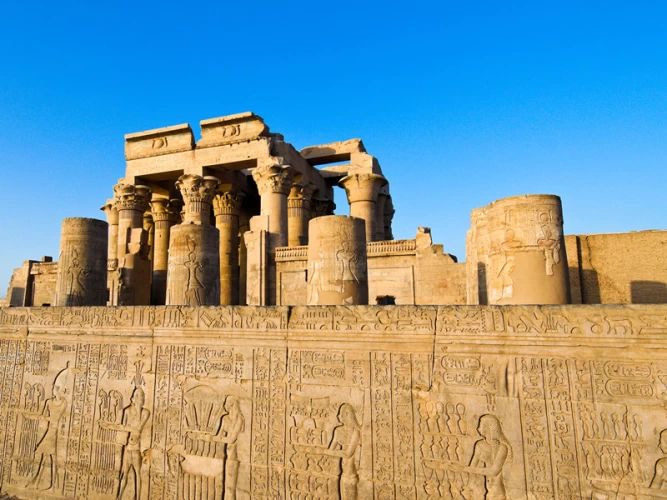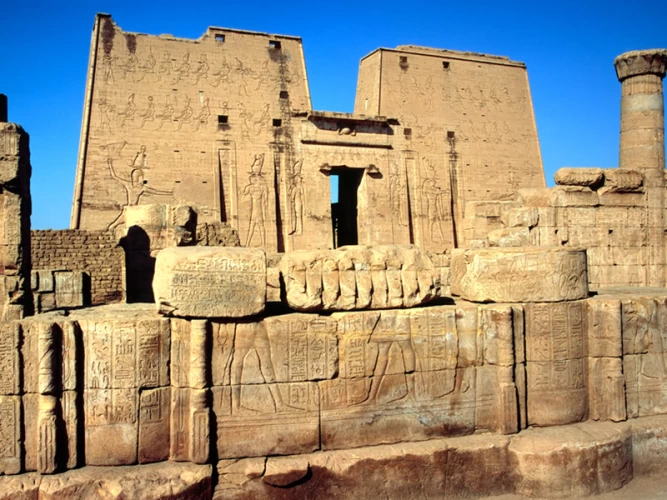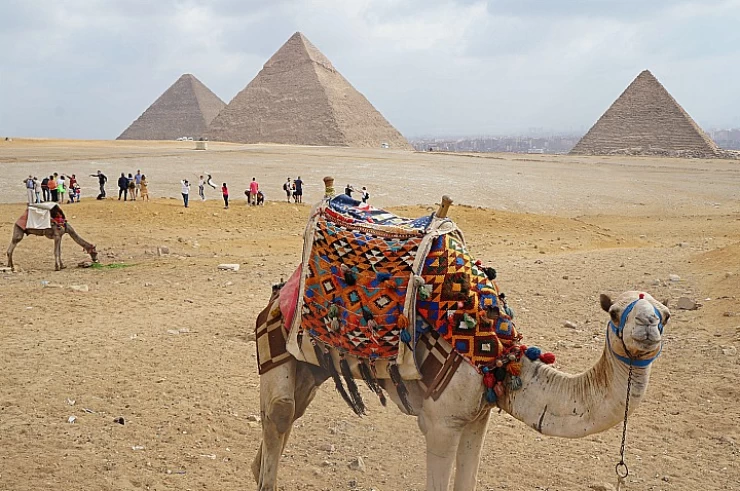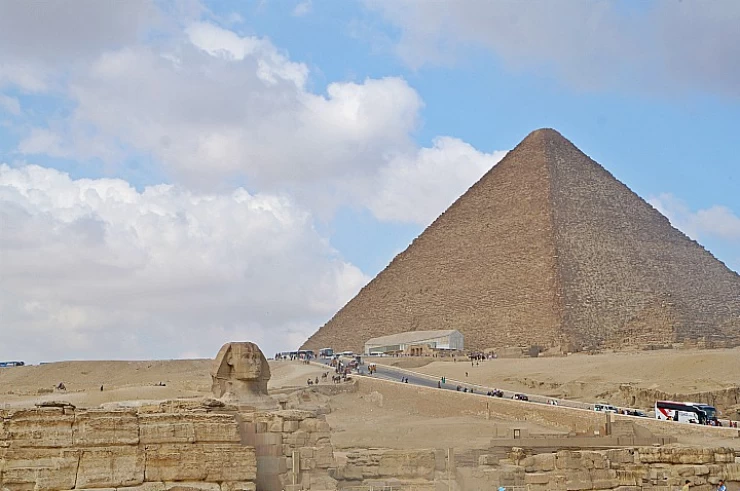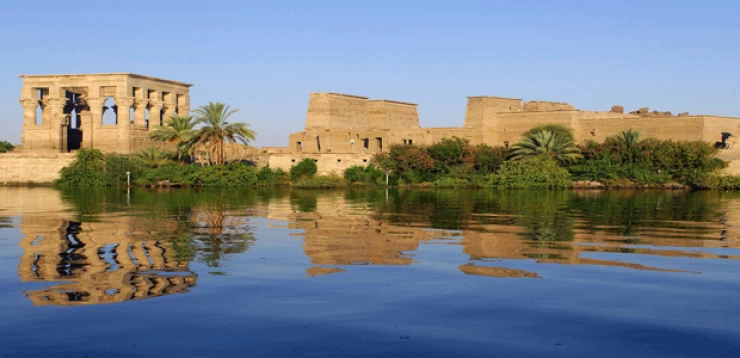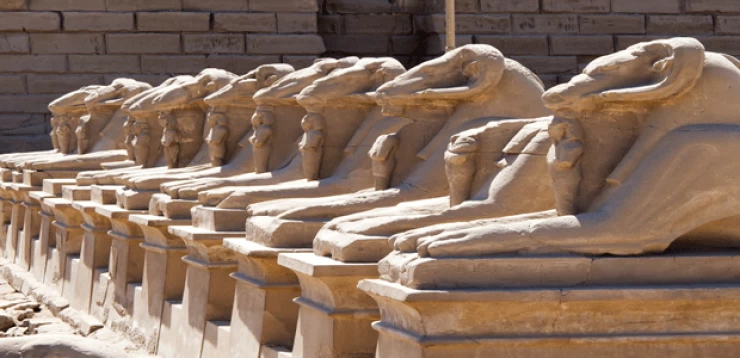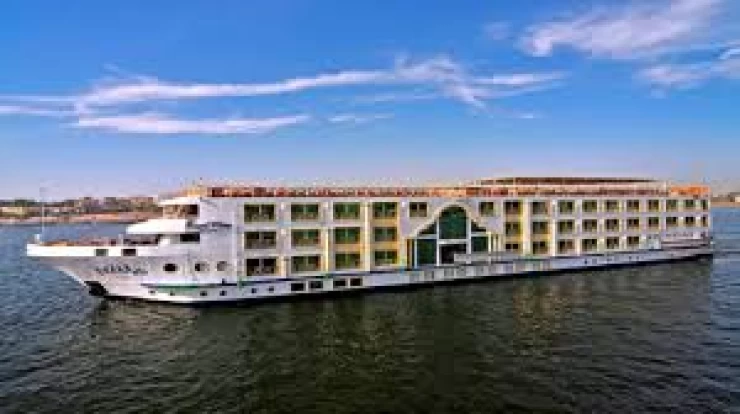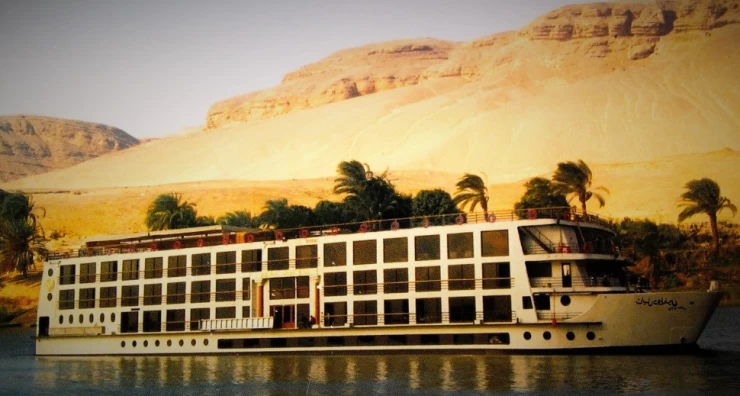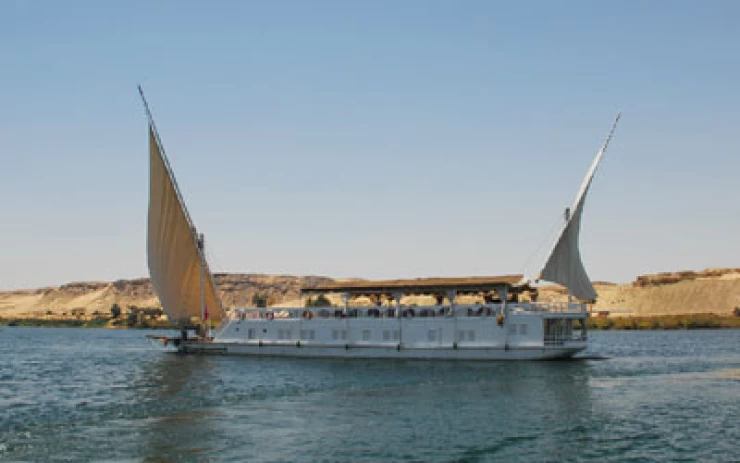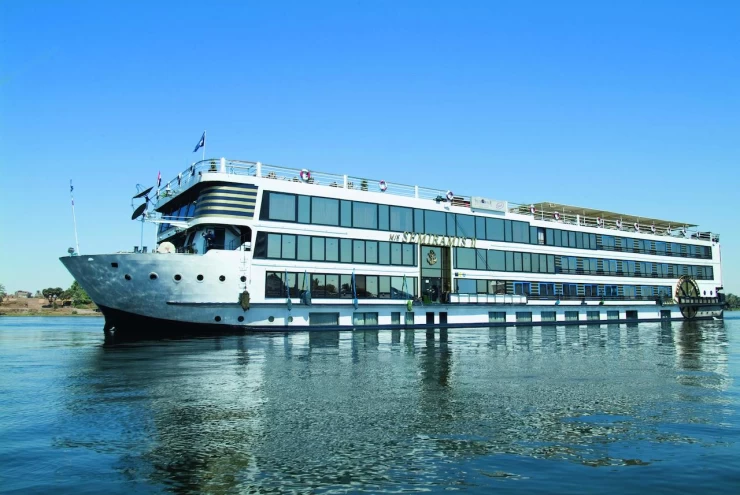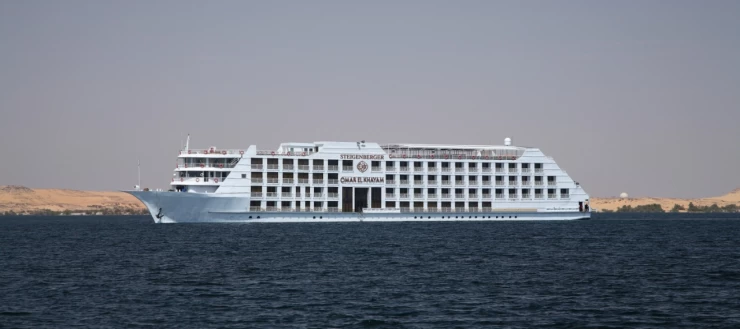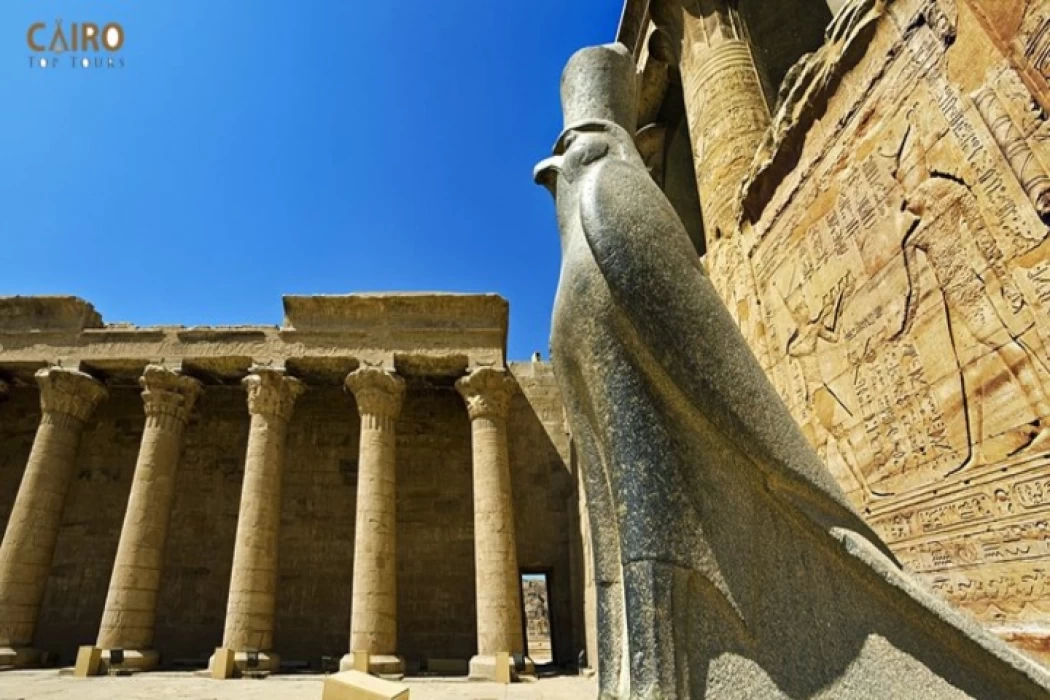
Edfu | The Temple of Horus
Edfu | The Temple of Horus: An Epic Tale of Timelessness
Situated on the western side of the Nile in Upper Egypt lies one of the last remaining temples of ancient Egypt, the Edfu Temple. A noteworthy construction in the Edfu temple complex, which is devoted to the goddess who has the shape of a falcon, Horus, is impressive in how much of her design and appearance has been preserved up to this day.
Temple of deities and blueprints
The Temple of Horus was constructed during the Ptolemaic era (237–57 BC) in the Ptolemaic Temple of Philae, and it is not merely an edifice of considerable merit. It connotes the persistent conflict between the principles of order and chaos, particularly in the myth of Horus’ revenge against his father’s murderer, Osiris, the nagging god of disorder, Seth. Such a story contains descriptive, dreadful images already carved around the walls of the temple, demonstrating the very beliefs of the ancient Egyptian culture.
The Grand Scheme of Things
As soon as you step in, soaring pylon gates, attentive to detail and full of pictures of Horus and reliefs of Ptolemaic kings in religious practices, welcome the visitor. Walking through these towering gates, one finds himself in an extensive open space, with many elaborately sculptured columns and rectangular statues of Horus, who oversees the area.
Within the innermost part of the temple lies the dark Holy of Holies, which used to contain the bark of Horus. In addition, the orientation of the building to the direction of the sun also speaks volumes about the astrological expertise those temples’ architects possessed.
What to See in the TempleThe Statue of Horus: Right by the entrance, there is a granite recurring statue of Horus designed in a falcon form, which is perfect for taking pictures. The Hypostyle Hall: This is a hall that comprises 12 towering columns in which decorative figures of offerings to the deities and their ceremonies are found.The Nilometer: An ancient Nile level indicator, one of the many remarkable devices invented by ancient Egyptians.
A Present-Day Jaunt to Edfu
Edfu Temple ranks among the places that one should not forget to stop by when visiting Egypt's ancient sites. Most of the tourists are carried by Nile cruises and get to land at Edfu Temple in less than a ten-minute horse cart ride from the temple. Food and drinks are included in the tours, and most of the activities of the place are well explained. However, the most stunning part of the place remains the ability to just sit down and think about the splendor that is Egypt.
Plan Your VisitCoordinates: As it is located halfway between Luxor and Aswan, Edfu is easy to include in a Nile cruise tour. Best Time to Go: From October to April, as this is the cooler period.What to Pack: A pair of good walking shoes, sunglasses, sunscreens, a wide-brimmed hat, and, of course, a camera to photograph the intricate carvings on the temple. A Historical Wonder
The Horus Temple in Edfu is much more than just another ancient temple. It is an entry for all the legends, faith, and architectural excellence within Horus Temple. Be it the archaeology-obsessed, history-laden, or easy-drinking trip, Edfu ensures that the traveler goes deep into the ages of ancient Egypt without coming out.
Join in on this journey, allowing the pervading timeliness of Horus to navigate you through a narrative as old as civilization.
Edfu, which in ancient Egyptian hieroglyphics is also spelled Edfu and called Behdet, is a small Egyptian city located on the west bank of the Nile River between ancient Thebes, Luxor, and Aswan, with a population of about 60,000. Edfu is home to the famous Ptolemaic temple of Horus, and the ancient settlement dates back to 3000 BC. During the Hellenistic period, it was known as Koine Greek, or Biblical Greek, or in Latin Apollonopolis Magna, since the region's chief deity, the god Horus, was known in Latin as Apollo.
In one of the most beautiful temples in all of Egypt, you can see how the god Horus defeated the god Seth and good triumphed over evil; you can see the falcon in the open courtyard of the temple, its amazing statue, as the temple is located on the west bank of the Nile River.
God Horus:
According to ancient Egyptian religion, Horus of Behdet was the local god of Edfu, and his consort was Hathor of Dendera, where there was a very famous temple in her honor, the Temple of Dendera. Their annual ritual was one of the most important ceremonies of the Ptolemaic era. This god was later identified with Horus, the son of Osiris, who was one of the ancient Egyptian gods associated with the underworld.
The winged solar disk associated with Horus of Edfu is a symbol of a united Egypt. This motif was a traditional scene depicted on temple doors and ceilings to commemorate Horus's victory over his uncle, the evil Seth, who had killed his father when Isis collected his body organs scattered throughout Egypt in a very dramatic
Latest Articles
Admin
Seabourn Sojourn Cruise Stops in Safaga Port
The Seabourn Sojourn, the flagship vessel of Seabourn Cruise Line's ultra-luxury fleet, was built in 2008 at the T. Mariotti shipyard in Genoa, Italy. Measuring 198 metres, it can accommodate up to 450 guests in its 225 spacious all-suite staterooms.
Admin
Norwegian Sky Cruise Stops in Safaga Port
Norwegian Cruise Line operates a cruise ship called the Norwegian Sky. It was constructed in 1999 and can accommodate 2,004 passengers in addition to 878 crew members. The ship has several dining establishments, lounges and bars, a spa and fitness center, swimming pools, and a number of entertainment areas.
Admin
Explora II Cruise Stops in Safaga Port
Explora II, the second vessel in the Explora Journeys fleet, sets sail in 2024 to redefine luxury cruising. With 461 ocean-front suites, 9 culinary experiences, and 4 pools, this haven of sophistication and sustainability promises an unforgettable "Ocean State of Mind" journey to inspiring destinations.
Admin
Mein Schiff 6 Cruise Stops in Safaga Port
The Mein Schiff 6 is the latest cruise ship in the renowned TUI Cruises fleet, offering passengers a luxurious and sophisticated cruise experience. At 315 metres long, this floating resort features a range of dining options, entertainment, and recreational facilities, including a spa, fitness centre, and sports amenities.
Admin
Mein Schiff 4 Cruise Stops in Safaga Port
When the Mein Schiff 4 cruise ship docks in Safaga, Egypt, passengers are granted access to a realm of ancient wonders. Aboard this state-of-the-art vessel, guests can embark on meticulously curated shore excursions that showcase the region's most iconic landmarks, including the Giza Pyramids, the enigmatic Sphinx, and the remarkable tombs and temples of the Valley of the Kings in Luxor.
Admin
MS Europa Cruise Stops in Safaga Port
The Silver Moon, Silversea's latest flagship, is a luxury cruise ship that offers an exceptional travel experience for Venezuelans exploring Egypt. With a capacity of 596 guests and an impressive 40,700 gross tonnes, the Silver Moon maintains the small-ship intimacy and spacious all-suite accommodations that are the hallmarks of the Silversea brand.






